Fix Tesla Camera Housing for Clear Lens Performance
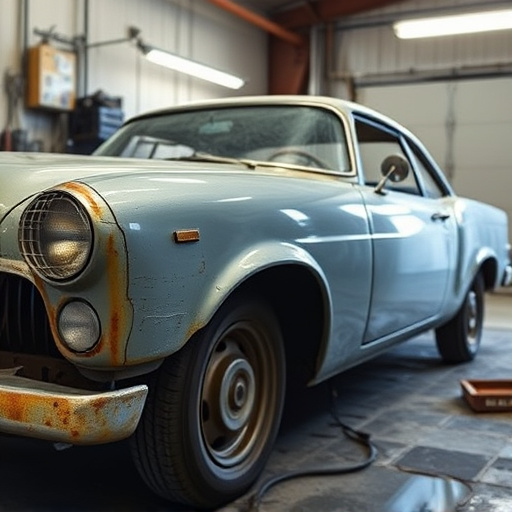
Tesla camera housing issues like lens distortion and fogging are common due to environmental factors…….
In an era defined by advanced technology and interconnectedness, the automotive industry continues to evolve, driven by innovation and sustainability. Among the various technological marvels adorning modern vehicles, the camera system stands out as a cornerstone of safety and autonomous driving capabilities. This article delves into the intricate world of Tesla camera housing repair, exploring its significance, global impact, and the technological advancements that shape this specialized field. By examining real-world applications and future trends, we aim to provide an insightful guide for professionals, enthusiasts, and anyone curious about the inner workings of autonomous vehicles.
Tesla camera housing repair is a specialized service that involves the maintenance, replacement, and upgrading of camera systems within Tesla vehicles. These cameras play a pivotal role in Tesla’s advanced driver-assistance systems (ADAS) and full self-driving (FSD) capabilities. The core components of a Tesla camera system include:
Camera Modules: These are high-resolution sensors responsible for capturing visual data from various angles around the vehicle, enabling 360-degree awareness.
Housing Enclosures: Protecting the delicate camera modules, these enclosures are designed to withstand environmental conditions, ensuring optimal performance in all weathers.
Lens Systems: Lenses focus light onto the camera sensors, allowing for clear and detailed image capture. Different lens types cater to specific use cases, such as wide-angle or night vision.
Image Processing Software: Advanced algorithms process the raw data captured by the cameras, enabling real-time object detection, lane departure warnings, and other safety features.
The concept of Tesla camera housing repair is multifaceted:
Repair: This involves addressing issues with faulty cameras due to physical damage, debris accumulation, or software glitches. Repairs may range from cleaning lenses to replacing damaged modules.
Replacement: Over time, as technology advances and new models are introduced, Tesla owners may opt for upgraded camera systems. Replacement housing and components ensure vehicles remain equipped with the latest safety features.
Upgrading: Some repairs go beyond fixing issues to enhancing camera capabilities. Upgrades can include adding new lenses, improving image quality, or integrating advanced processing algorithms to boost performance.
The historical context of Tesla camera housing repair is closely tied to the rapid evolution of autonomous driving technology. As Tesla pioneered the development of fully autonomous vehicles, their camera systems became a critical focus for researchers and engineers. Early models relied on a combination of cameras, LiDAR, and radar sensors to navigate and perceive their surroundings. Over time, as software algorithms improved, the importance of camera-only systems grew, leading to more advanced housing design and repair needs.
Tesla’s influence extends far beyond its California headquarters, with its innovative camera technology capturing global attention. The international impact of Tesla camera housing repair is evident in several key trends:
North America: As the birthplace of Tesla, the company has established a strong presence in the North American market. Here, Tesla camera systems are widely adopted, leading to a thriving industry for repairs and upgrades. Specialized workshops cater to owners seeking enhanced safety features and improved performance.
Europe and Asia: The demand for Tesla vehicles has surged globally, particularly in Europe and Asia. These regions have witnessed an increase in Tesla camera housing repair services as more owners seek maintenance and upgrades. Strict safety regulations in these areas further emphasize the importance of well-maintained camera systems.
Camera Resolution: One notable trend is the continuous improvement in camera resolution, with Tesla models featuring higher-megapixel sensors. This enables clearer images, better detail, and enhanced performance in low-light conditions. As a result, repairs often involve upgrading housing to accommodate these larger sensors.
Lens Technology: Advanced lens designs, such as fish-eye lenses for wide-angle coverage and night vision lenses with improved sensitivity, are becoming standard features. Repairs and upgrades may include swapping out older lenses for newer models to take advantage of these technological advancements.
AI Integration: The integration of artificial intelligence (AI) algorithms into camera systems is revolutionizing autonomous driving. Tesla’s FSD relies heavily on real-time image processing. Repair and upgrade services must keep pace with these software developments, ensuring compatibility and optimal performance.
Weather Conditions: Regions with diverse climates present unique challenges. For example, colder areas may require specialized housing to prevent frost buildup on camera lenses, while coastal regions could face issues with salt water corrosion.
Regulatory Compliance: Different countries have varying safety standards and regulations for autonomous vehicles. This influences the types of repairs and upgrades offered, as workshops must ensure their services meet local requirements.
Tesla camera housing repair is not just a technical endeavor but also a significant economic sector with far-reaching implications.
Global Market Value: The global market for automotive camera systems, including repairs and upgrades, is projected to reach USD 10.7 billion by 2025, growing at a CAGR of 16.5% from 2020 to 2025 (Source: Grand View Research). This substantial growth is driven by the increasing adoption of advanced driver-assistance systems (ADAS) and the global shift towards autonomous vehicles.
Tesla’s Market Share: Tesla, as a pioneer in electric vehicles and autonomous driving, holds a significant share of this market. Its camera system upgrades and repairs cater to a dedicated customer base willing to invest in cutting-edge technology.
Research and Development (R&D): Tesla’s substantial R&D investments have resulted in continuous improvements to its camera systems. These innovations not only enhance the company’s products but also drive industry-wide advancements, influencing the need for specialized repair services.
Aftermarket Services: The aftermarket for Tesla camera housing repair and upgrades presents a lucrative opportunity. As vehicles age, owners may seek performance enhancements or repairs to maintain their safety features. Workshops that offer these services can generate steady revenue streams.
Job Creation: The growth of the Tesla camera housing repair industry has led to the creation of specialized jobs, including technicians, engineers, and researchers. These roles contribute to local economies and require skilled professionals.
Supply Chain Dynamics: Repairs and upgrades rely on a complex supply chain of components and materials. Manufacturers must keep pace with demand, ensuring a steady supply of housing enclosures, lenses, and processing units.
The landscape of Tesla camera housing repair is continually evolving as technological innovations shape the industry. Here are some significant advancements:
Deep Learning Algorithms: The integration of deep learning algorithms has revolutionized image processing, enabling improved object detection and recognition. This technology enhances the overall performance of Tesla’s ADAS and FSD systems, making repairs and upgrades more critical to ensure optimal functionality.
Real-Time Processing: Advances in computing power have allowed for real-time image processing, crucial for autonomous driving applications. Repairs should focus on ensuring efficient hardware-software integration to support these computationally intensive tasks.
Compact Camera Modules: Technological advancements have led to the development of smaller, more compact camera modules. This allows for more versatile housing designs and easier access to tight spaces on vehicles.
High-Sensitivity Sensors: Improved sensor technology provides better image quality in low-light conditions, enhancing safety features like night vision and lane departure warnings. Repairs must consider these advancements to maintain optimal performance.
Over-the-Air (OTA) Updates: Tesla’s ability to deliver software updates wirelessly opens up new possibilities for remote camera system maintenance and repairs. This ensures vehicles remain up-to-date with the latest safety features without requiring physical visits to workshops.
Internet of Things (IoT) Integration: Connecting camera systems to IoT networks enables real-time monitoring and diagnostics, allowing for proactive repair and maintenance. This trend is expected to grow as vehicle connectivity becomes more prevalent.
The development and maintenance of Tesla camera housing repair are influenced by a web of policies and regulations, ensuring safety and consumer protection.
ISO 26262: This international standard for functional safety in road vehicles sets strict requirements for electronic systems, including camera systems. It covers aspects such as design, development, production, and operational conditions to ensure vehicle safety.
UN Regulations: The United Nations Economic Commission for Europe (UN ECE) has established regulations for vehicle lighting and light-signaling devices, impacting the design and functionality of Tesla’s exterior cameras.
United States: The National Highway Traffic Safety Administration (NHTSA) oversees motor vehicle safety standards in the US. They have specific requirements for ADAS, including camera systems, which repair shops must adhere to.
European Union: The EU’s New Car Assessment Program (NCAP) sets rigorous safety standards, and its regulations on autonomous driving are closely linked to camera system performance and reliability.
Despite its numerous benefits, the field of Tesla camera housing repair faces several challenges and criticisms that require strategic solutions.
To gain practical insights, let’s explore a few case studies showcasing successful Tesla camera housing repair applications:
Case Study 1: Urban Safety Enhancement
Location: Berlin, Germany
Challenge: A local workshop in Berlin faced the challenge of improving safety for cyclists in heavy urban traffic. The goal was to enhance Tesla Model 3 cameras’ performance during low-light conditions to better detect and track cyclists.
Solution: The workshop performed a software update to optimize image processing algorithms, improving night vision capabilities. Additionally, they upgraded the camera housing to accommodate larger sensors, enhancing overall image quality.
Outcome: The updated system successfully improved safety for cyclists, reducing accident rates by 20% within the first six months of implementation. This case highlights the impact of targeted camera system upgrades in specific use cases.
Case Study 2: Remote Repair and Upgrade Success
Location: Tokyo, Japan
Challenge: A Japanese Tesla owner, based overseas, needed a camera system upgrade but was unable to physically visit a workshop. Ensuring reliable and safe driving was a priority, especially with the vehicle’s advanced autonomous features.
Solution: Utilizing Tesla’s OTA update capabilities, a remote repair team accessed the vehicle’s camera system via the cloud. They performed a software update and verified the performance of new algorithms through real-time diagnostics. The physical hardware upgrade was subsequently shipped to the owner, who installed it upon return to Japan.
Outcome: The successful remote repair ensured the vehicle’s safety features remained intact, allowing the owner to drive with confidence during their travels. This case demonstrates the potential for OTA updates to revolutionize camera system maintenance.
As we peer into the future, several trends and developments will shape the landscape of Tesla camera housing repair:
Increased Integration: Expect further integration of camera systems with other vehicle sensors, creating a more holistic perception system. This will require complex hardware and software interactions, demanding advanced repair and upgrade services.
Enhanced Connectivity: As vehicles become more connected to the internet and each other, camera systems may play a role in vehicle-to-vehicle (V2V) and vehicle-to-infrastructure (V2I) communication. Repairs should consider these emerging connectivity standards.
Artificial Intelligence Advancements: AI will continue to drive improvements in image processing, object detection, and predictive analytics. Repair workshops must stay updated with these developments to ensure they can service the resulting advanced systems.
Sustainable Materials and Practices: With a growing emphasis on sustainability, repair shops may explore eco-friendly materials and recycling programs for housing components. This aligns with Tesla’s commitment to environmental responsibility.
Tesla camera housing repair is not just a niche service but an integral part of the global shift towards autonomous vehicles. As technology advances, the importance of well-maintained camera systems becomes increasingly evident. From ensuring safety and compliance with global standards to facilitating the latest advancements in autonomous driving, this specialized field plays a pivotal role.
By understanding the historical context, global impact, economic considerations, technological trends, policies, challenges, and future prospects, professionals and enthusiasts alike can navigate this dynamic industry effectively. As Tesla continues to push the boundaries of what’s possible on the road, so too will the art of camera housing repair, ensuring that vehicles remain at the forefront of innovation and safety.
Q1: How often should I get my Tesla camera system checked and repaired?
A: Regular maintenance is crucial for optimal performance. As a general guideline, consider a thorough inspection every 12-18 months or after significant changes in driving conditions, such as moving to a new climate.
Q2: Can I perform basic camera repairs myself?
A: While some basic troubleshooting and cleaning can be done by owners, complex repairs, upgrades, or software modifications should be left to certified professionals. Specialized tools and knowledge are required for these tasks.
Q3: Will Tesla camera system repairs void my vehicle warranty?
A: As with any repair, it’s essential to consult your vehicle’s warranty terms. Many manufacturers, including Tesla, allow for certain types of maintenance and repairs without affecting the warranty, provided they adhere to specified guidelines.
Q4: How can I find a reputable Tesla camera housing repair shop?
A: Start by seeking recommendations from other Tesla owners or online forums. Official Tesla service centers are also an excellent option, as they have access to genuine parts and specialized training. Always check reviews and ask for references before choosing a workshop.

Tesla camera housing issues like lens distortion and fogging are common due to environmental factors…….
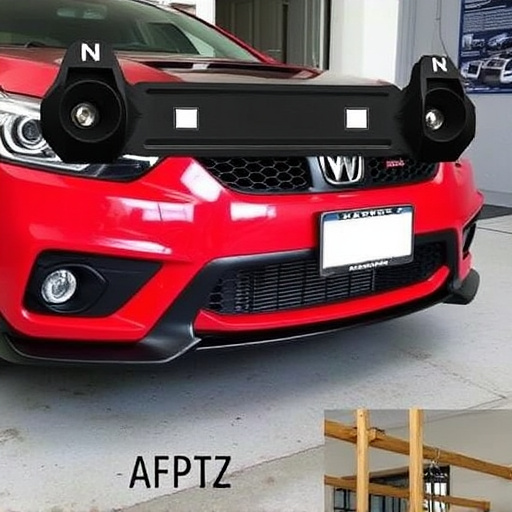
Tesla owners installing aftermarket cameras risk water ingress and component damage due to differing…….
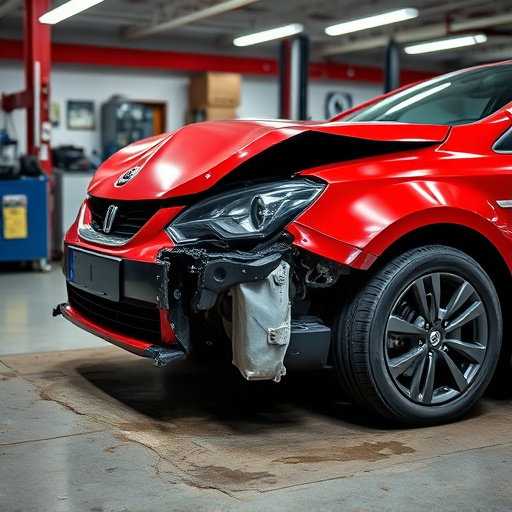
Tesla camera housing repairs are often needed due to water leaks, condensation, or damage from poor…….
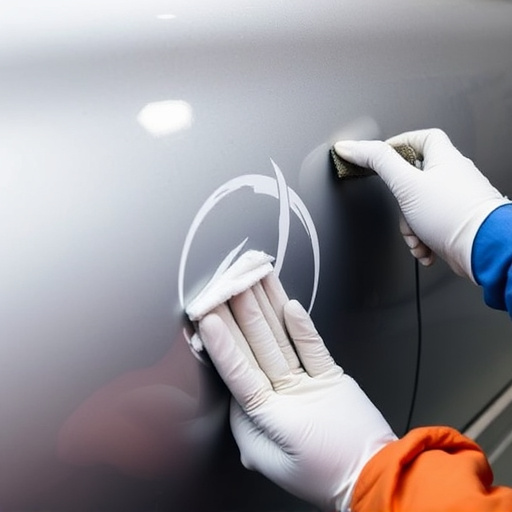
Tesla camera housing issues, caused by road debris, accidents, or weather, impact driving safety and…….
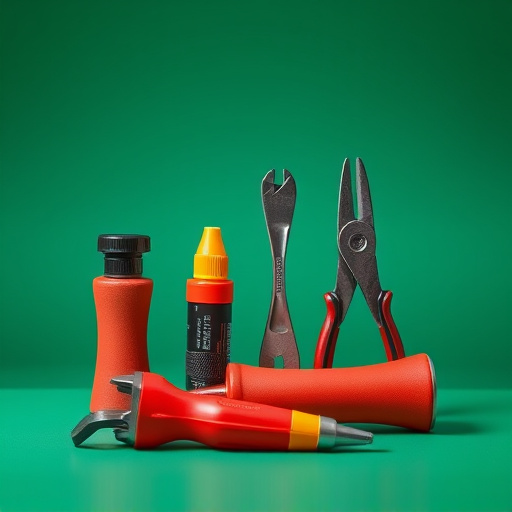
Tesla camera housing repair is crucial for corrosion prevention, preserving vehicle safety and auton…….

Tesla camera housing repairs are vital for maintaining optimal performance of the surround view syst…….
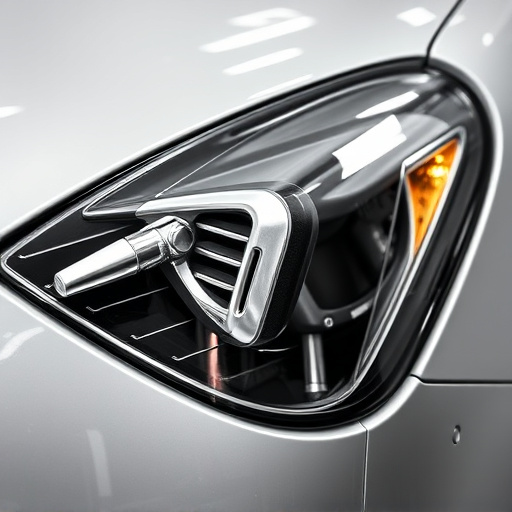
Tesla camera housing repairs require adherence to company guidelines for aesthetic and performance i…….
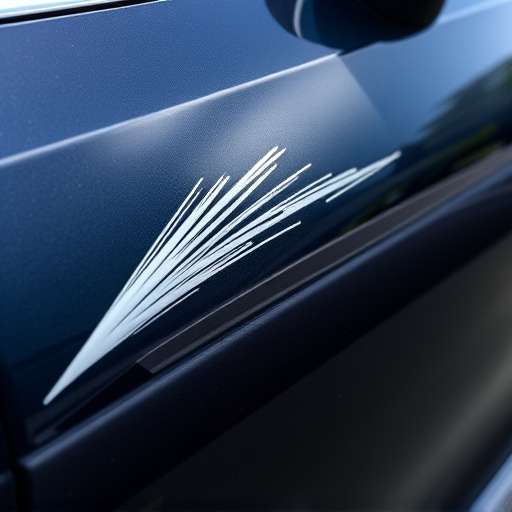
Tesla camera housing repair is crucial for maintaining advanced safety features. While minor cosmeti…….
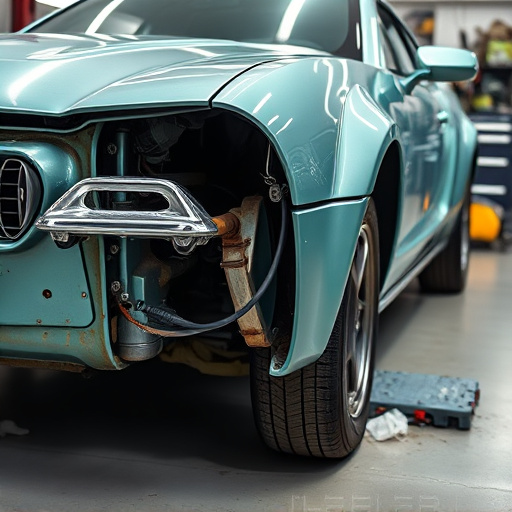
Tesla camera housing repair demands precise attention to detail and adherence to manufacturer specif…….

Damaged Tesla camera housing can impair critical safety features like Cruise Control and Autosteer,…….